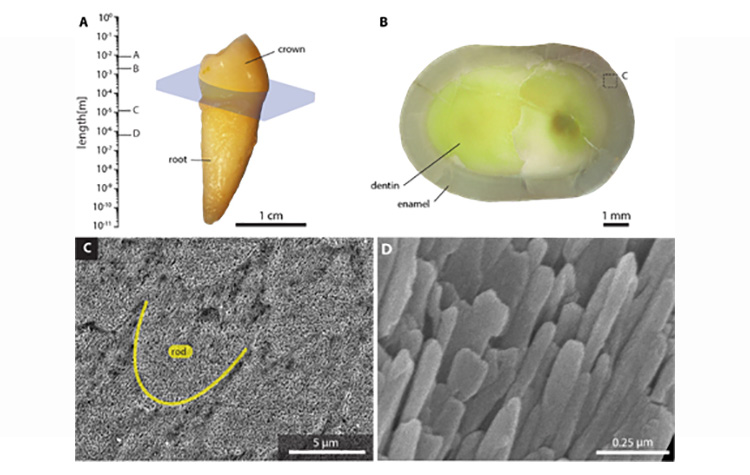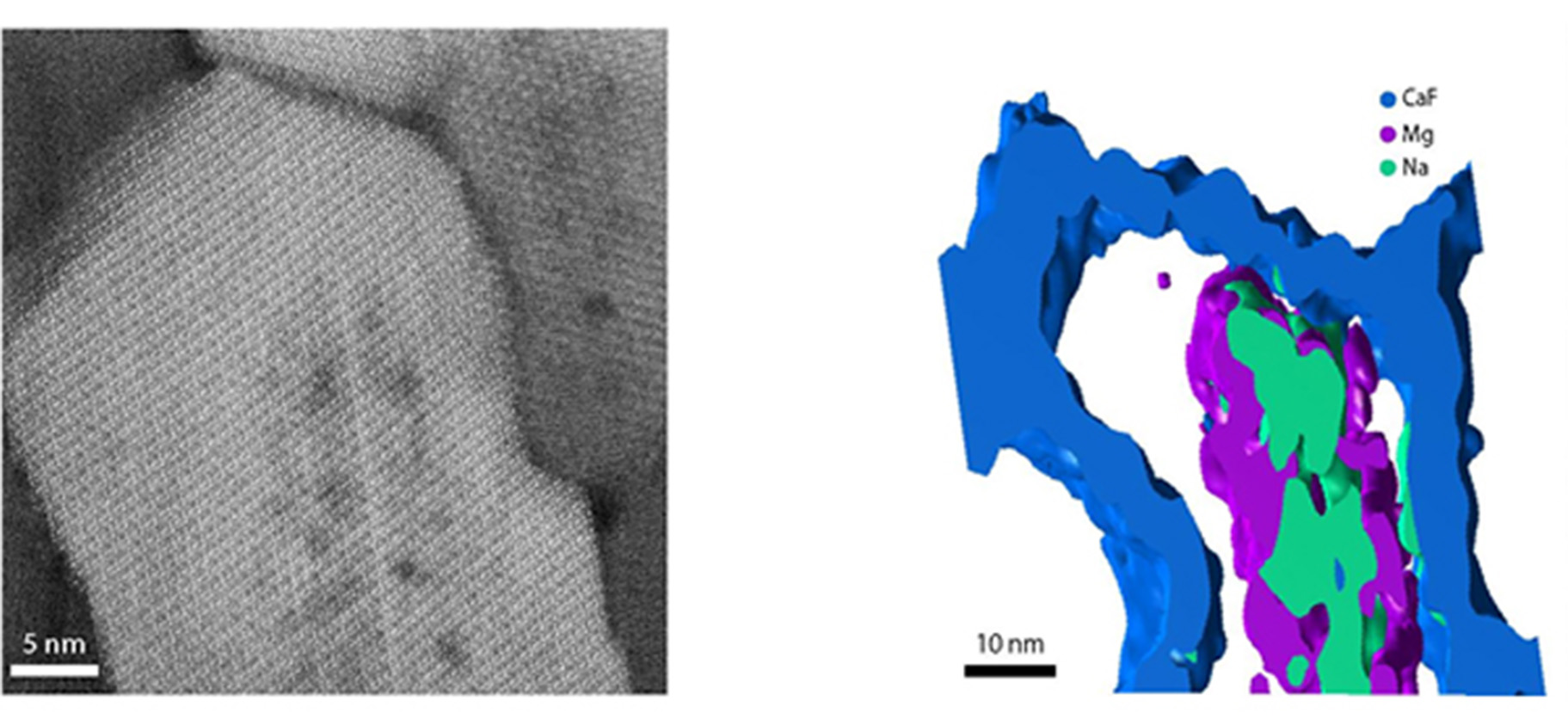NUANCE Manager Paul Smeets, Published in Nature!
Congratulations to NUANCE Research Associate and EPIC TEM/FIB Manager, Dr. Paul Smeets and collaborators for their recent research published in Nature!
Through the highly collaborative efforts of eleven authors from both Northwestern University (Joester and Rondinelli group) and Cornell University (Kourkoutis group), the paper titled "Chemical Gradients in Human Enamel Crystallites" presents, "unprecedented fundamentally new insights into human enamel structure and composition using quantitative atomic-scale techniques at the very cutting edge of technology."

Human dental enamel is "one of the most complex, hierarchically structured materials in the human body". However, with precision down to the atomic scale, the team discovered that the fundamental building blocks of human enamel, enamel crystallites, contain a core-shell structure, which impacts the crystallites’ dissolution behavior while also providing a plausible avenue for extrinsic toughening of enamel. These findings could potentially lead to new approaches to toughen enamel and prevent or reverse cavity formation.

Using NUANCE facilities and instruments such as the Hitachi S4800-II & Hitachi SU8030, FEI Helios NanoLab 600, JEOL JEM-2100F & JEOL GrandARM 300F, this fascinating research will no doubt have a broad impact on our health both in terms of treatment and preventative measures! That's a lot to smile about! Thanks Dr. Smeets!
Check out the published paper and the feature in Northwestern Now!
